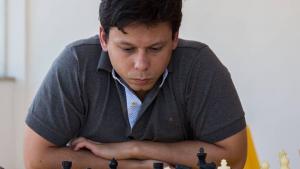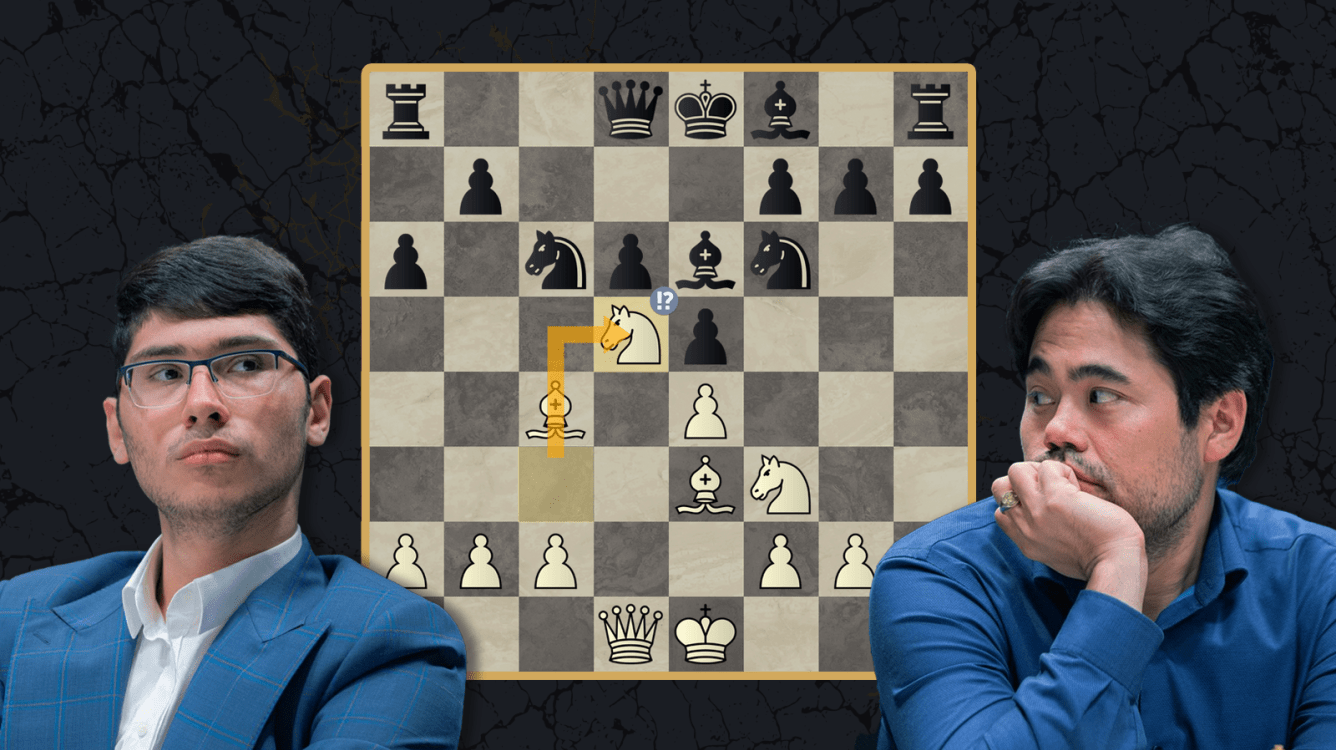
The Most Interesting Opening Ideas From The 2022 Candidates
The 2022 FIDE Candidates Tournament recently ended with a convincing victory for GM Ian Nepomniachtchi. The best chess players in the world prepare for months for such an important tournament and try to find new opening ideas. The question for amateur chess players is: what can be learned from these opening battles and how can they use these ideas in their own games?
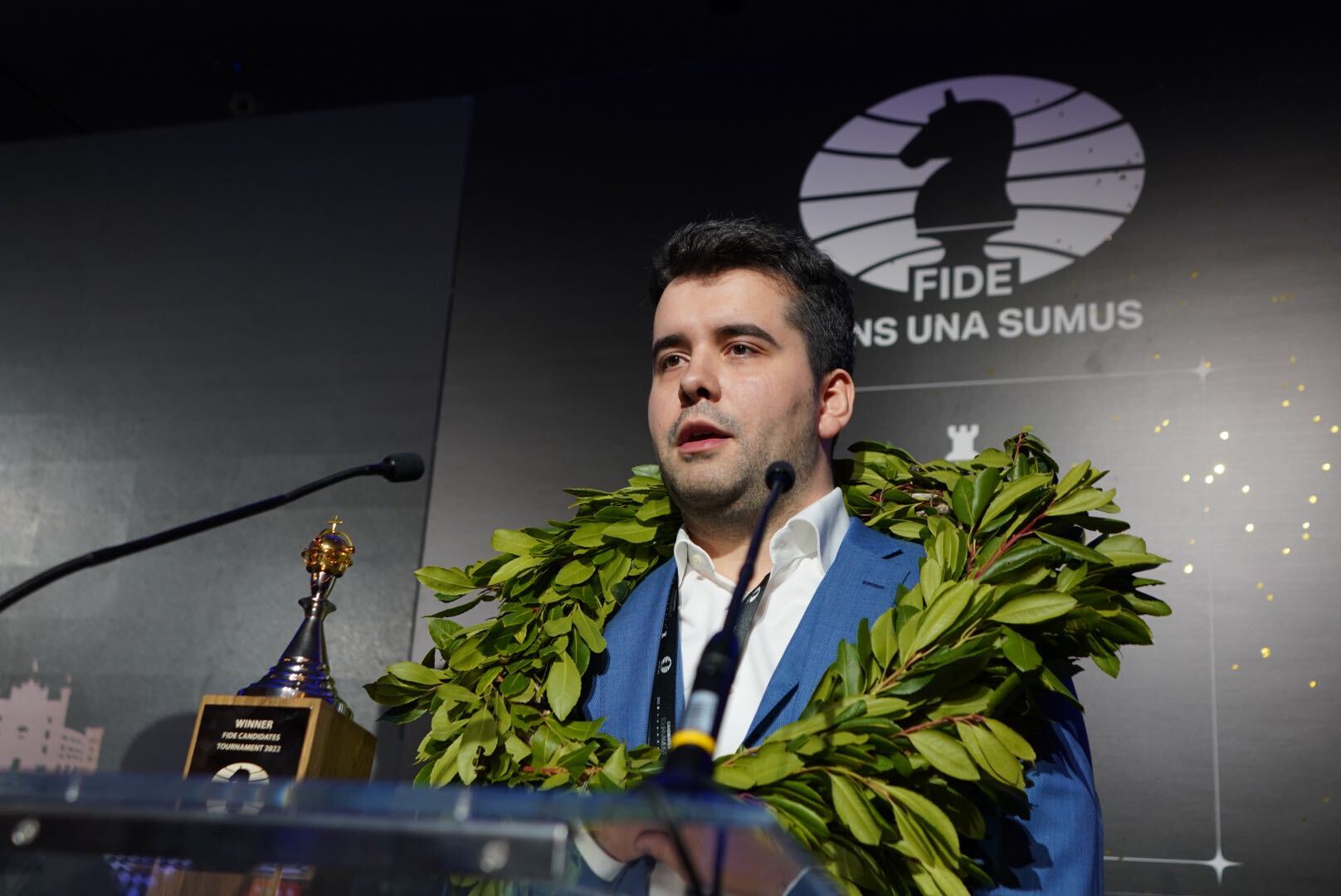
In this article, I selected some variations played in the Candidates Tournament that can be part of any player's arsenal. My suggestions needed to meet the following requirements:
- The lines cannot be theory-heavy. What's the point of trying to learn something new on move 20 of the Sicilian Najdorf? I want something that isn't too difficult to learn and that you can start using in your games right away.
- The lines should somewhat surprise your opponent. Let’s take them to unfamiliar territory.
Of course, the whole world has looked at the Candidates games, but not everyone will study them in-depth. That's why I'm going to suggest a new idea in each of the lines I propose, so you have a chance to surprise your opponent.
- New Idea Against the Taimanov Sicilian
- Pinning The Berlin Wall
- A Failed Catalan Idea Can Be Improved
- Nakamura Welcomes The Najdorf
- Spicing Up The Italian
- The Bullet Variation Against The Petrov
New Idea Against The Taimanov Sicilian
In the first round, GM Richard Rapport chose to play the Taimanov, a good and reliable variation of the Sicilian Defense. GM Jan-Krzysztof Duda played the surprising 5.Bf4!?, leading to a position with nearly no theory, quite an achievement in any variation of the Sicilian.
This sideline worked very well, and Duda was winning right from the opening. This is especially surprising since Rapport himself had been the only top player to try 5.Bf4!
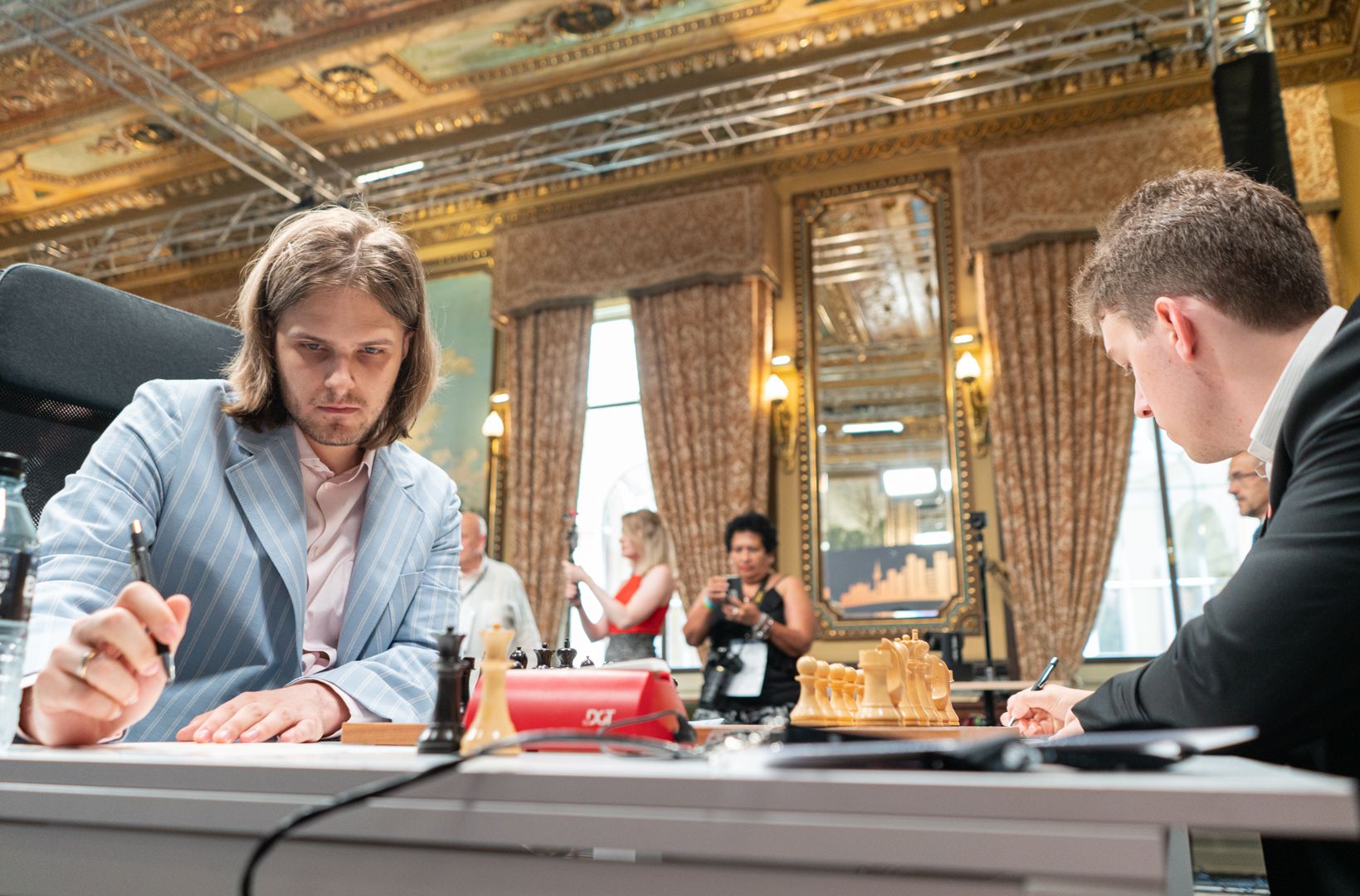
In the analysis below I show possible improvements for both sides. I expect this line to become trendy. I will certainly be trying it in my Titled Tuesday games—although this doesn't have any relevance to future opening theory.
Pinning The Berlin Wall
What to do against the Berlin Defense? No 1.e4 player is happy to see this variation on the board. It was no surprise that it was played in several games during the Candidates.
My suggestion is to play as Duda did once more. In his fourth-round game against GM Teimour Radjabov, he again developed his bishop on move 5, this time one square farther up the diagonal: 5.Bg5!?.
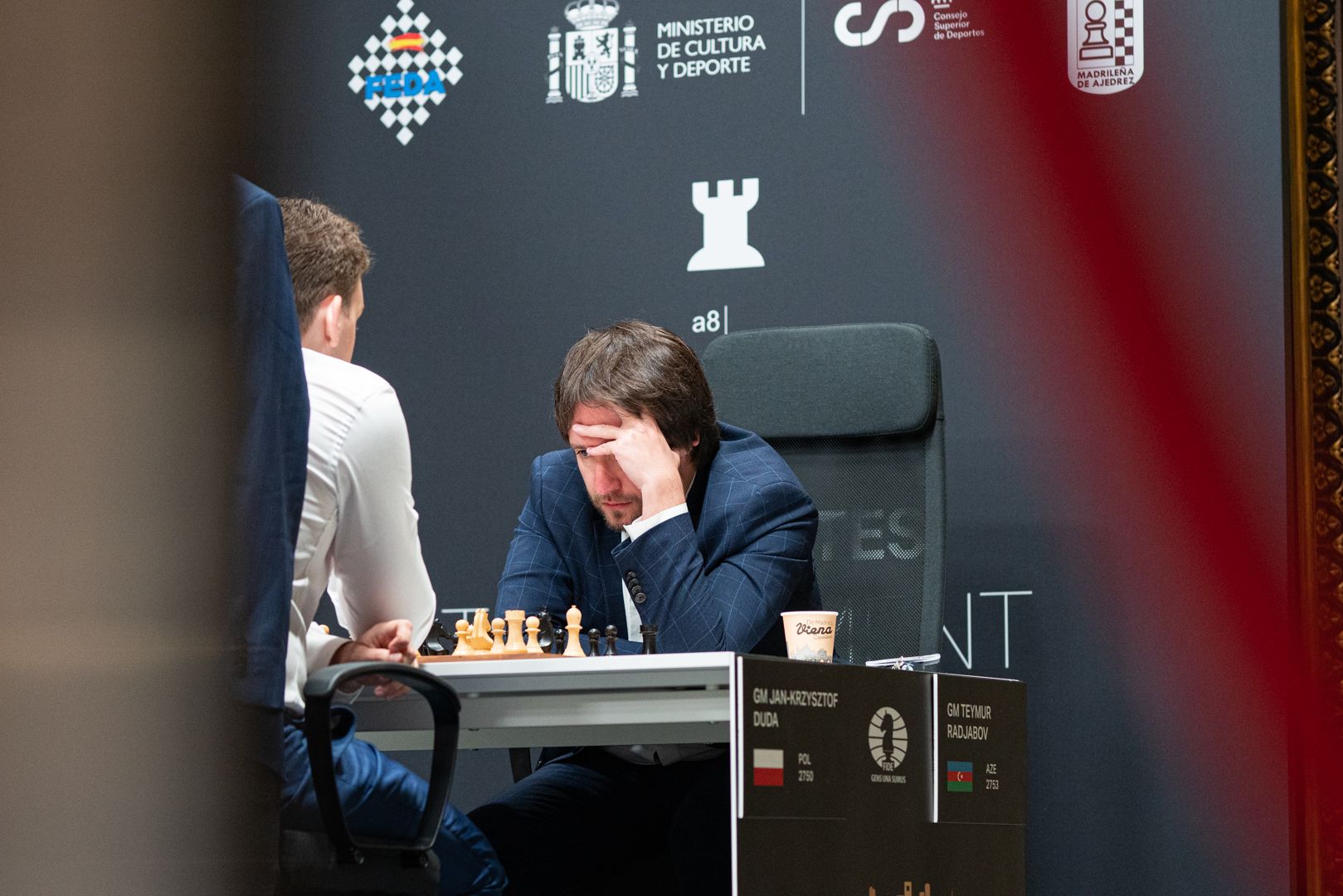
Black can get nervous when their f6-knight is pinned. Duda got the advantage in the opening, and I show more options for both sides in the analysis of the game.
A Failed Catalan Idea Can Be Improved
In the sixth round of the tournament, GM Alireza Firouzja faced GM Fabiano Caruana and decided to play a sideline of the Catalan Opening, choosing the rare 6.Qd3. GM Boris Gelfand has tried it a few times, so it just can't be bad.
Caruana, who until that moment was having a splendid tournament, played natural moves, equalized without problems, and won the game convincingly. But isn't Firouzja's experiment worth another try?
Nakamura Welcomes The Najdorf
GM Hikaru Nakamura had two wins in two games against the Sicilian Najdorf by using a move that usually comes as a surprise to the supporters of this magnificent variation. After 6.Be3 e5, they usually expect the knight's retreat to b3, followed by attacks on opposite flanks and many memorized variations.
But what if you place the knight on another square—an equally poisonous move, but with less theory? It worked in the Candidates Tournament, and it might work for you too, although playing as Nakamura will be a little difficult. Still, let's look at these two games.
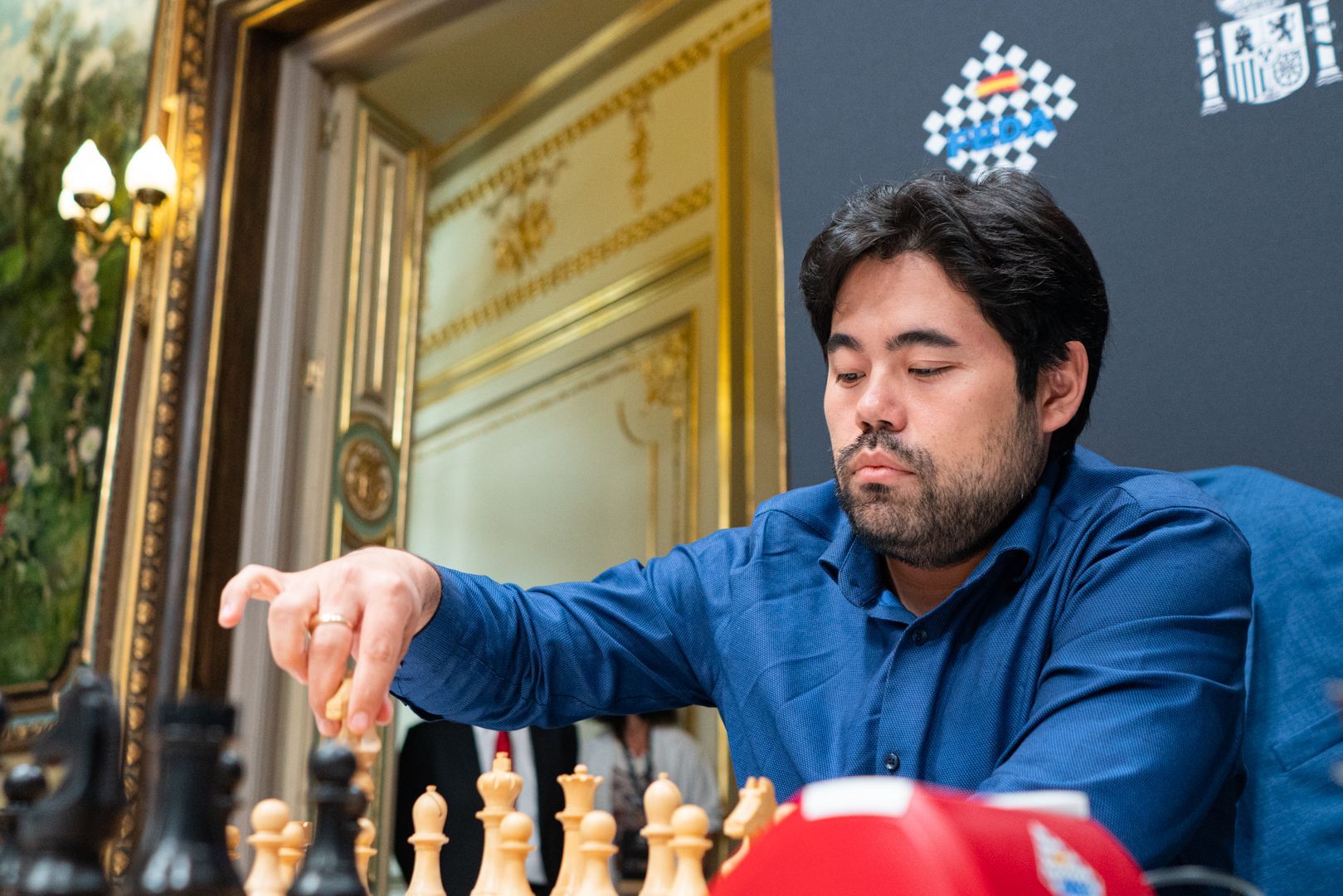
In the 10th round against Firouzja, the position entered uncharted territory quickly. Many new ideas can be discovered after the rare 7…Nc6. I suggest a different idea for White on move 9. Black needs to play very precisely to survive.
Nakamura also beat Duda in the Najdorf in the 13th round. He decided to repeat the variation and chose the trendy 8.h3 in the main line where it’s possible to start a brutal attack with g2-g4, and the game can get out of control very quickly. A new idea, a surprise to your opponent, and chaos on the board? I like it!
Spicing Up The Italian
The Italian Game, especially the Giuoco Pianissimo, with all its piece maneuvering and slow positional play is one of the most difficult openings to understand. There are so many move orders, so many possible plans, that it's hard to know what's really good.
How about simplifying Black's game a bit? Let's follow in the footsteps of the great expert Caruana, open a file close to the opposing king, and try to attack. To be honest, this strategy didn't work very well for the American GM in his 10th-round game against Duda, but I have an improvement, and I believe that Black's position is good.
The Bullet Variation Against The Petrov
As is now well-known, Firouzja played hundreds of hyperbullet games after his loss to Nakamura in the 10th round. The next day he had to face the tournament leader, Nepomniachtchi, and his solid, well-prepared Petrov's Defense.
What to do if you've spent a sleepless night and haven't prepared deeply? You play a sideline that keeps the pieces on the board and leads to unknown positions. I don’t know if the move 5.c4 already has a name, but I will call it “Bullet Variation.” I hope no one gets mad at me.
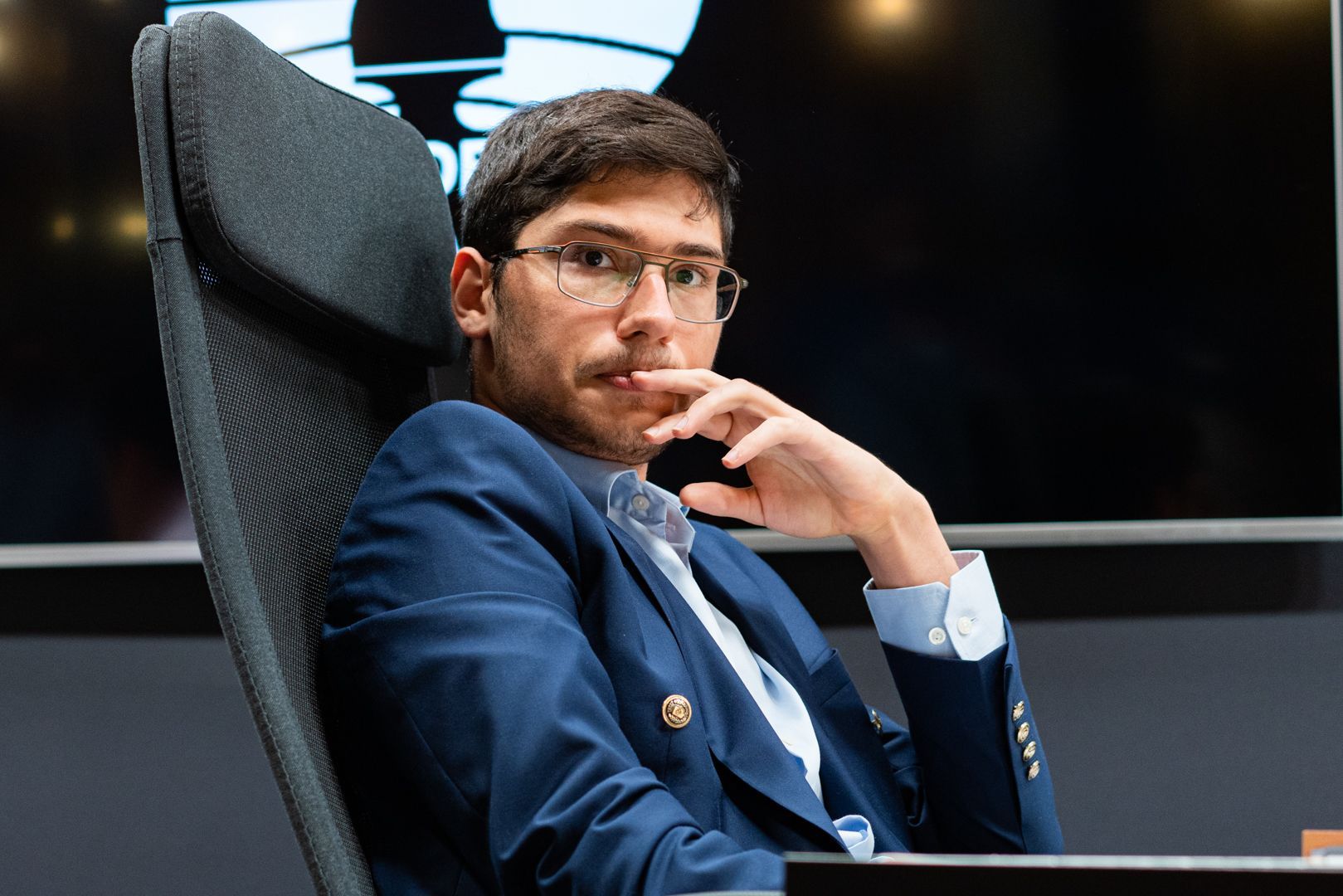
As you may know, the game ended in tragedy for Firouzja, but is the chosen line really that bad? What if we try to improve White's game and give the Petrov a well-deserved punishment? That’s a little optimistic, but I think the variation can be tried again.
I hope you, dear reader, can use at least one of these ideas in some of your games, be it in a tournament or in an online blitz match. Good luck!

